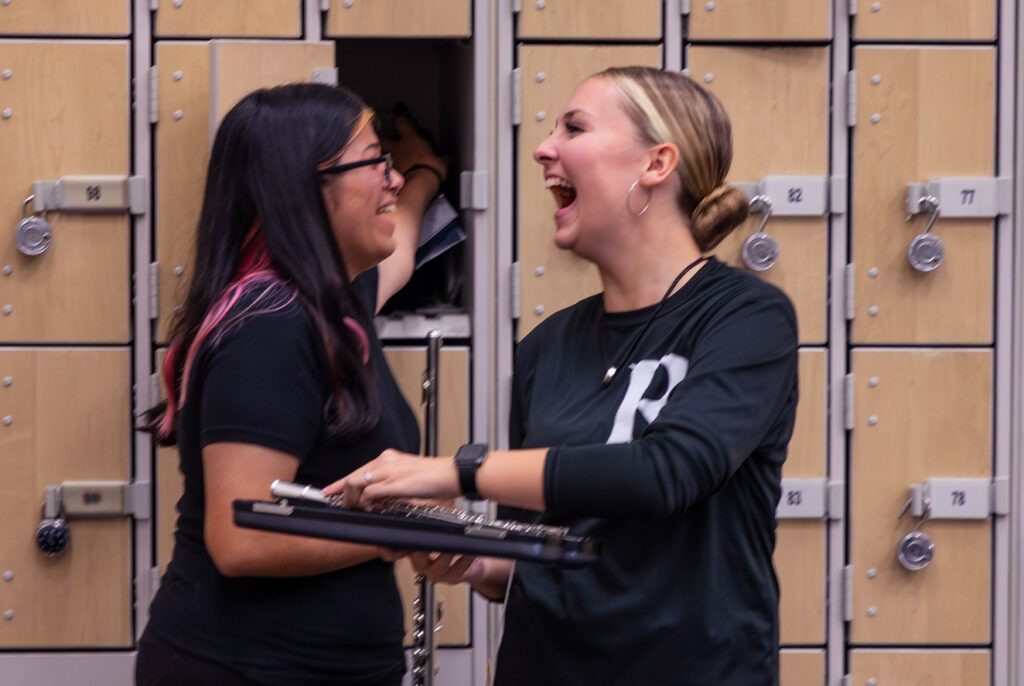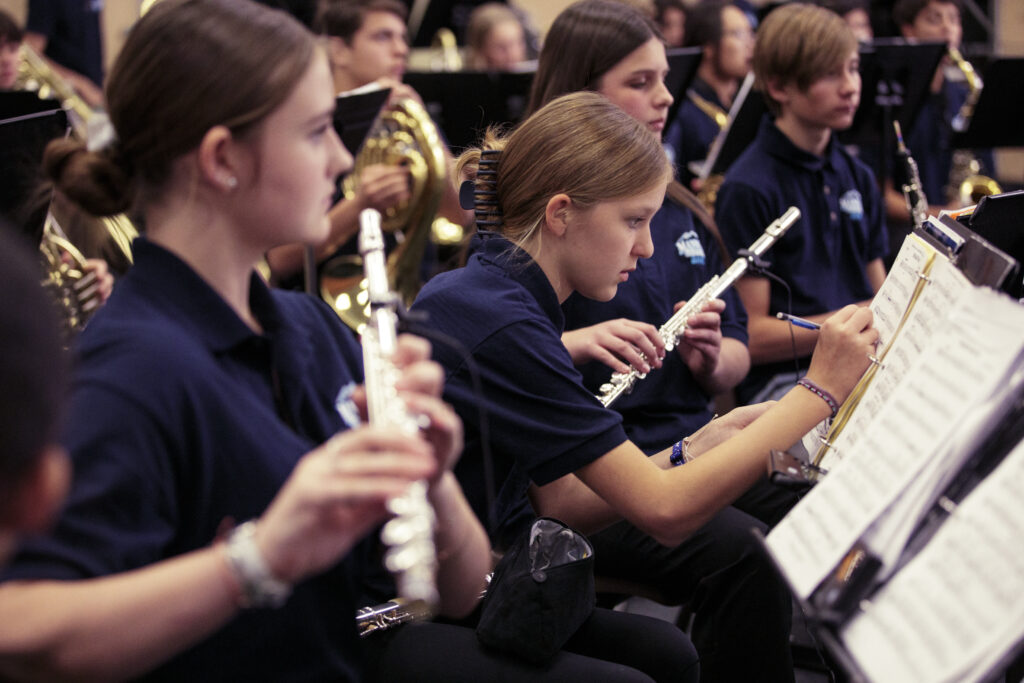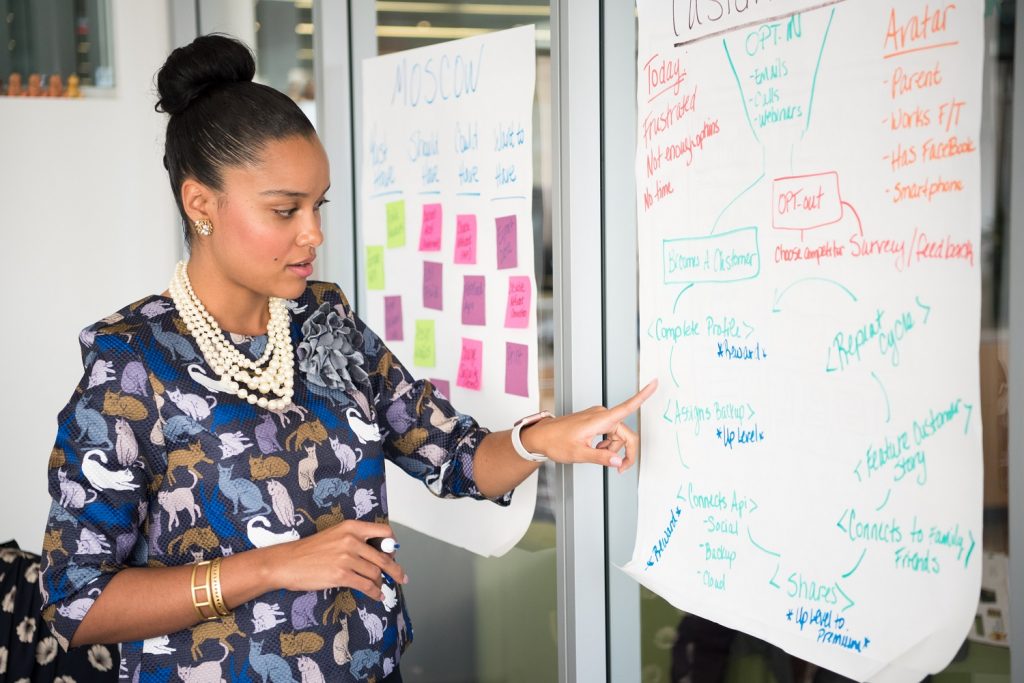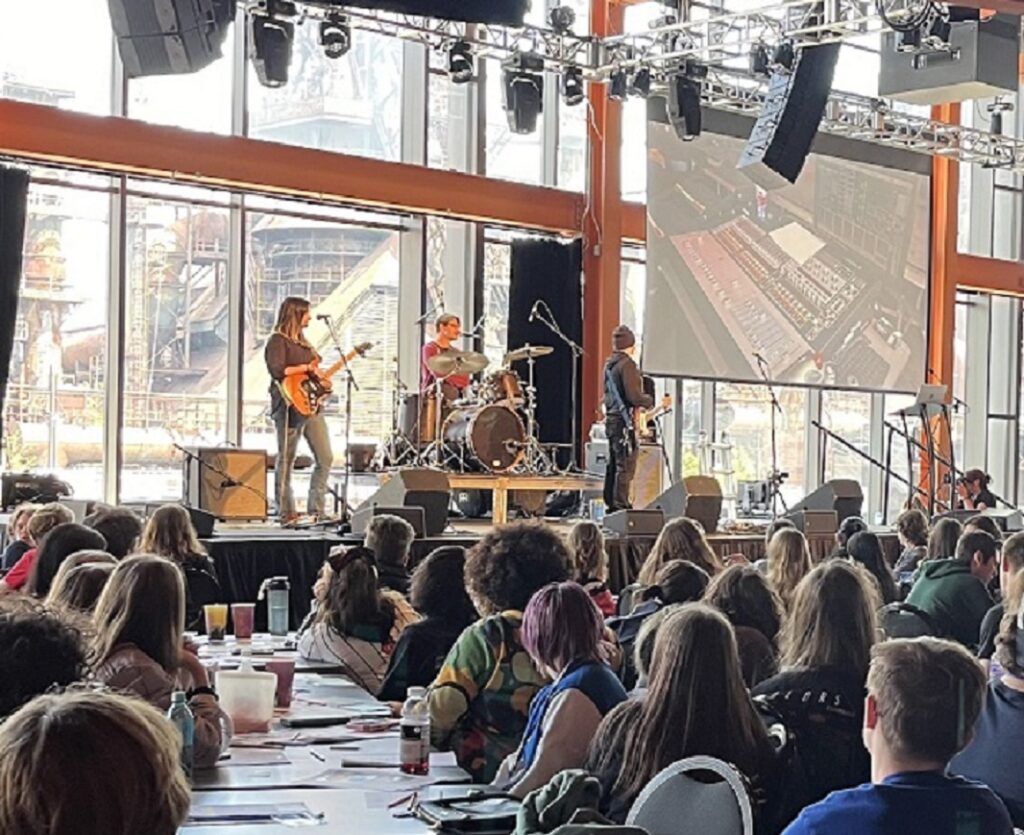Teaching Music in High-Need Schools: Retention
In part 6 of this series, we look at ways to retain students and foster program growth.
Throughout this series, we have highlighted the important role that music education can play for students in high-need schools. In order to impact as many students as possible, we must discuss the critical tasks of retaining students and fostering program growth. I know this can be a daunting task, particularly in small and rural schools with fewer students to attract. However, by being intentional with our efforts, music programs of various sizes and in diverse settings can become exemplars for student participation on their campuses, leading to more students joining and remaining in the program throughout their matriculation.
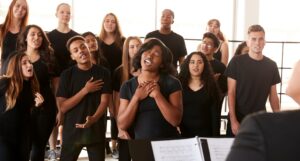
Create an Inclusive Curriculum
Music education thrives in environments where students can engage in a variety of music-making experiences. The opportunity is always there to recruit students from diverse backgrounds, create ensembles that include instruments from non-Western influences, and assess student learning styles to personalize instruction. By showcasing students in different ways and celebrating individual progress, our programs can begin the process of building sustainability from the ground up.
In David Pope’s article, “Building a Music Program in a Title I School,” the author offers sound strategies for recruitment, retention and mitigating financial barriers to music education. Fostering a safe and supportive culture within the program is crucial, where students feel valued and encouraged to express themselves freely. In addition to ensemble offerings, we should also explore diverse genres and musical styles that go beyond our traditional repertoire and state music lists as we try to reflect our students’ cultural backgrounds and interests.

Empower Students and Parents
Program expansion begins with students and their families. In his article “Reaching Students by Building Relationship and Community,” Matthew Spradlin shares the importance of building an environment where students feel safe and free to explore a full range of music-making possibilities.
I was a high school band director in the metropolitan Atlanta area, where competition among school marching band programs was fierce. We did not always receive large numbers of students from our middle school feeders to enroll in band, so we made sure to have a beginning band option for any high school student who wanted to be in the band but didn’t know how to play an instrument. Students who had an interest could enroll in either the fall or spring semester. We would pair these students with veteran musicians in their section, and pair the students’ parents or guardians with one of our band parent team leaders. By building strong relationships with students and parents early in the process, we were able to grow our program from within.
We allowed student leaders to organize workshops on instrument care and maintenance, host social events and activities to bring interested students to the band hall, and they planned fun events like family karaoke and game nights. We would also invite parents to observe rehearsals whenever they had a chance. In addition to these activities, my staff and I also worked hard to give ownership of the program to the parents and students. This provided us the opportunity to collectively build a culture for the program that was a shared vision amongst us all. Finding ways to connect with students and their siblings, parents and other family members in numerous ways helped to create a sense of shared ownership.

Build Community Through Student Achievement
As my programs grew and began to be recognized as a unit, I started to think of ways to honor and celebrate my students intentionally and publicly for their individual contributions. I regularly organized student performances both within and outside the school so all could witness firsthand how skilled our students were as individual musicians. I highlighted student accomplishments in our monthly school newsletter, through social media and through local media outlets when students were selected for district, state, regional or national-level ensembles. Doing this also helped to raise funds within the local community, which allowed students and their families to be able to travel and participate in these prestigious events. By encouraging and supporting participation in these activities, I was able to showcase the program’s excellence and inspire younger students in the program to strive for the highest.
Delton Brown’s recently published doctoral dissertation, “High Musical Achievement in Underserved High School Band Programs,” examines in great detail the importance of cultural responsiveness, director-student relationships and promoting high music-making expectations in underserved communities. Because I made a consistent effort to highlight our students’ accomplishments to our school administration, community leaders, parents and other stakeholders, advocating for the need for school music programs in our community became a shared vision.

Retention is Possible
By implementing these best practices, music programs in high-need schools can become vibrant hubs for high levels of student achievement learning and community engagement. As we innovate our curricula, empower students and their families, and build our programs through highlighting our students’ accomplishments, we must always remember the reasons why we do this important work.
As music educators in high-need schools, not only do we provide an outlet for musical creativity and emotional expression, we also create an environment where we can transform communities and impact students through the power of music education. The positive impact of music-making on academic performance, social-emotional development, access to higher education, future career opportunities and social mobility are well within reach for all our students. Let us continue to seek ways to sustain and expand our programs for generations to come.
Read part 1 of this series on recruitment.
Read part 2 of this series on rapport.
Read part 3 of this series on defining success.
Read part 4 of this series on best practices.
Read part 5 of this series on funding.
Read part 7 of this series on sustainability.
Top photo by Gefo / Adobe Stock











